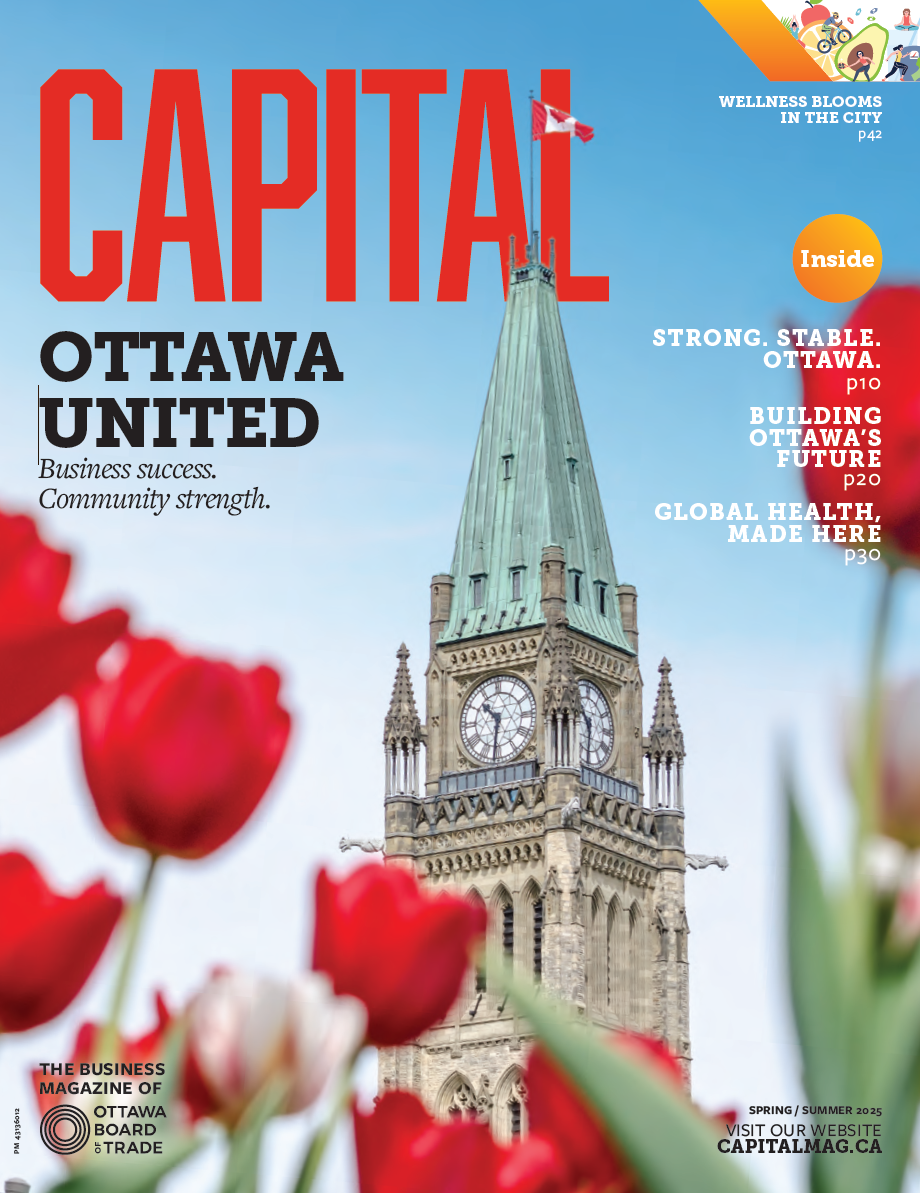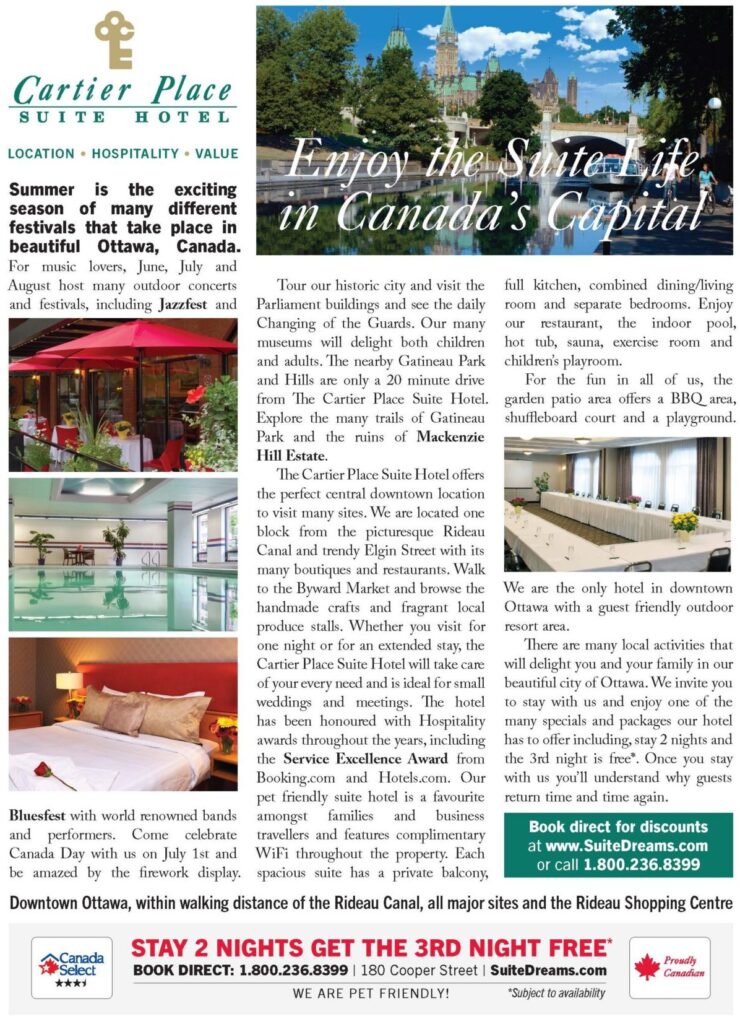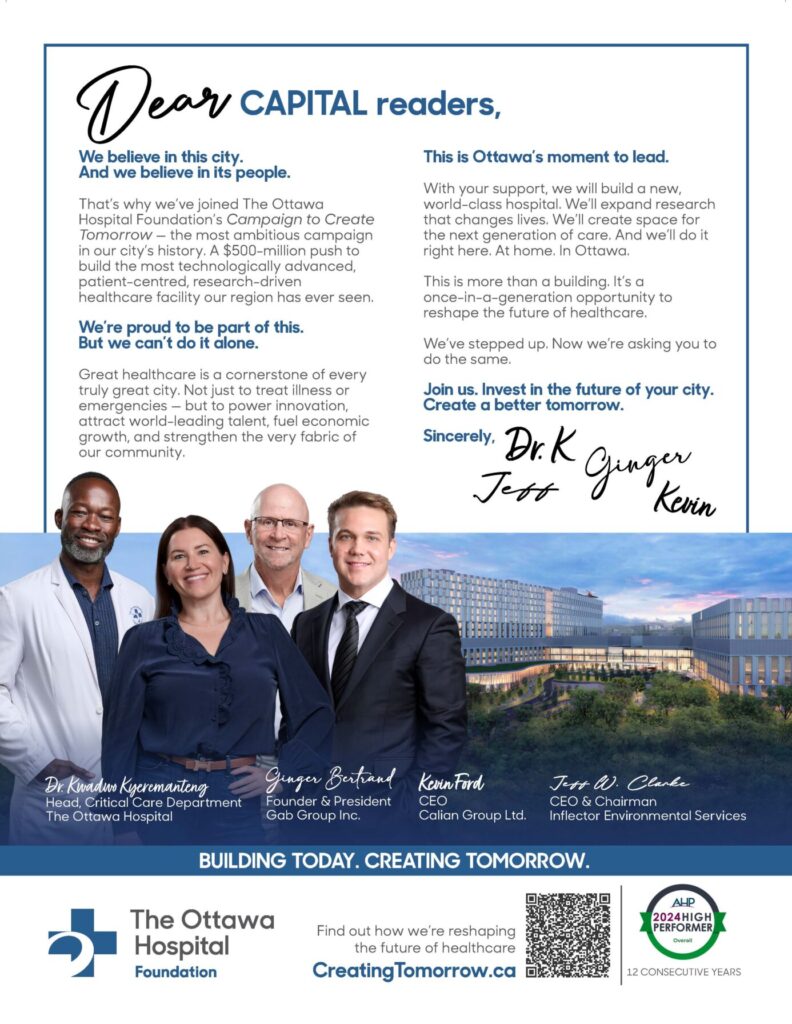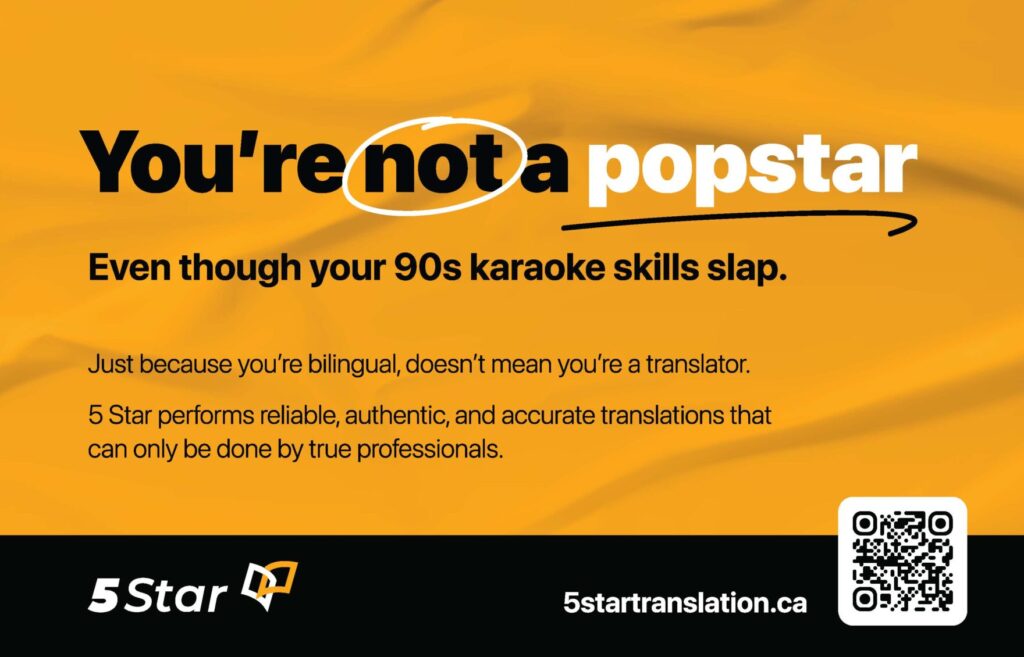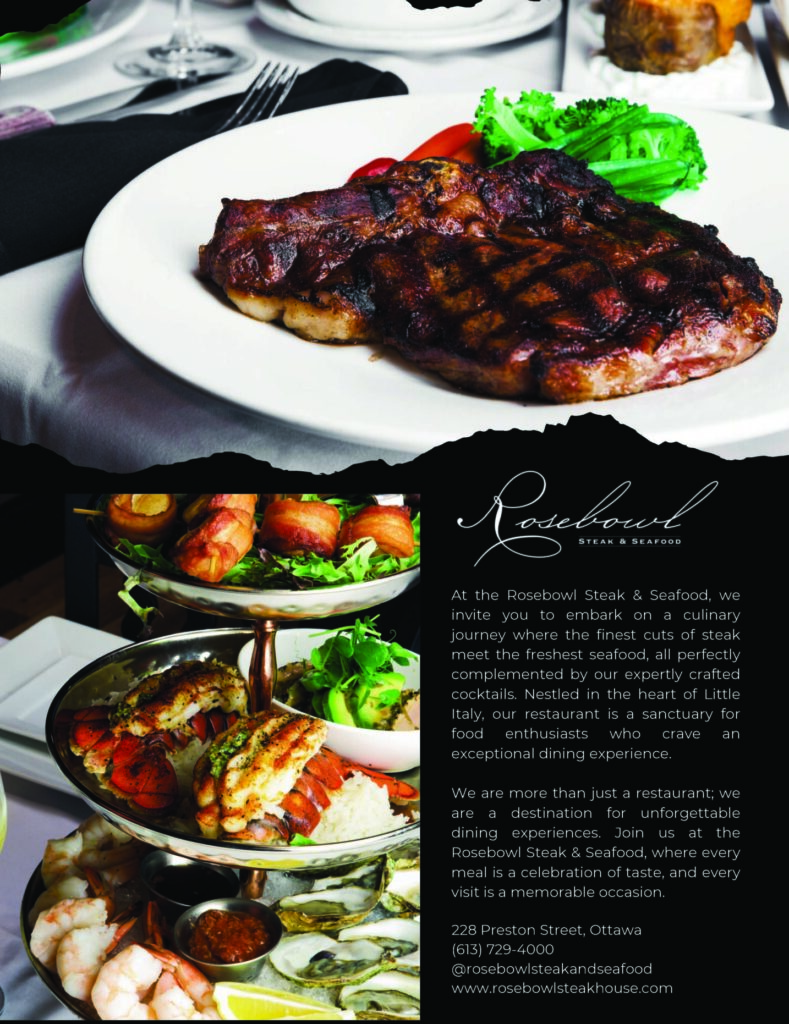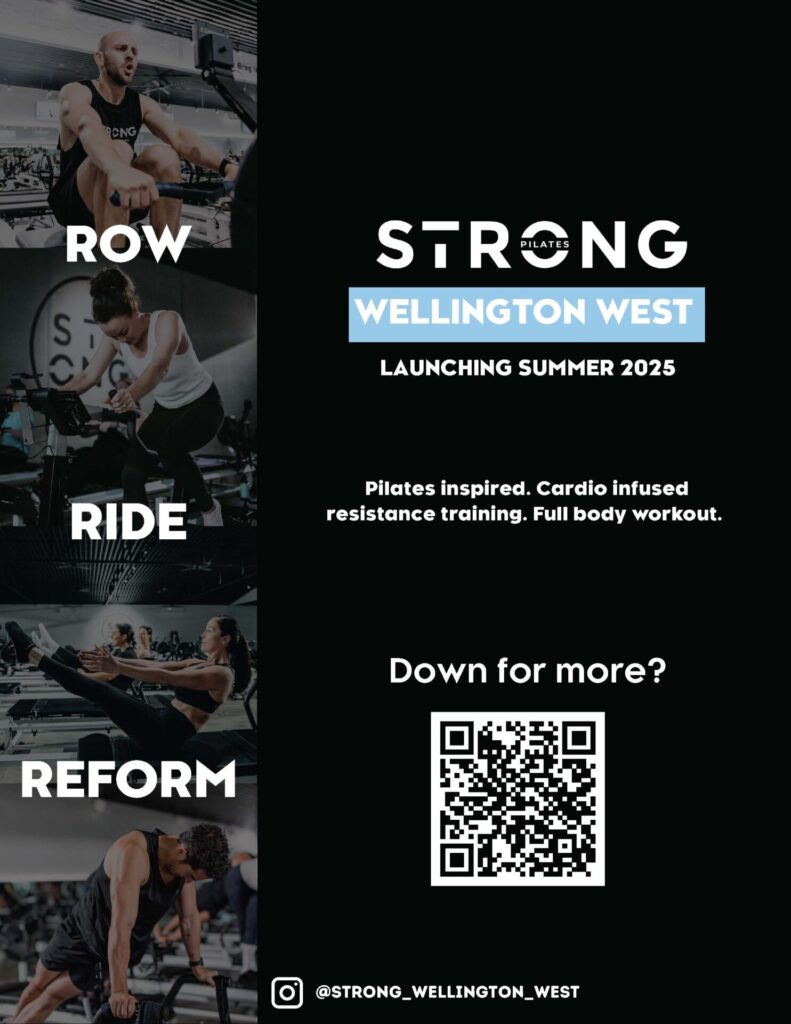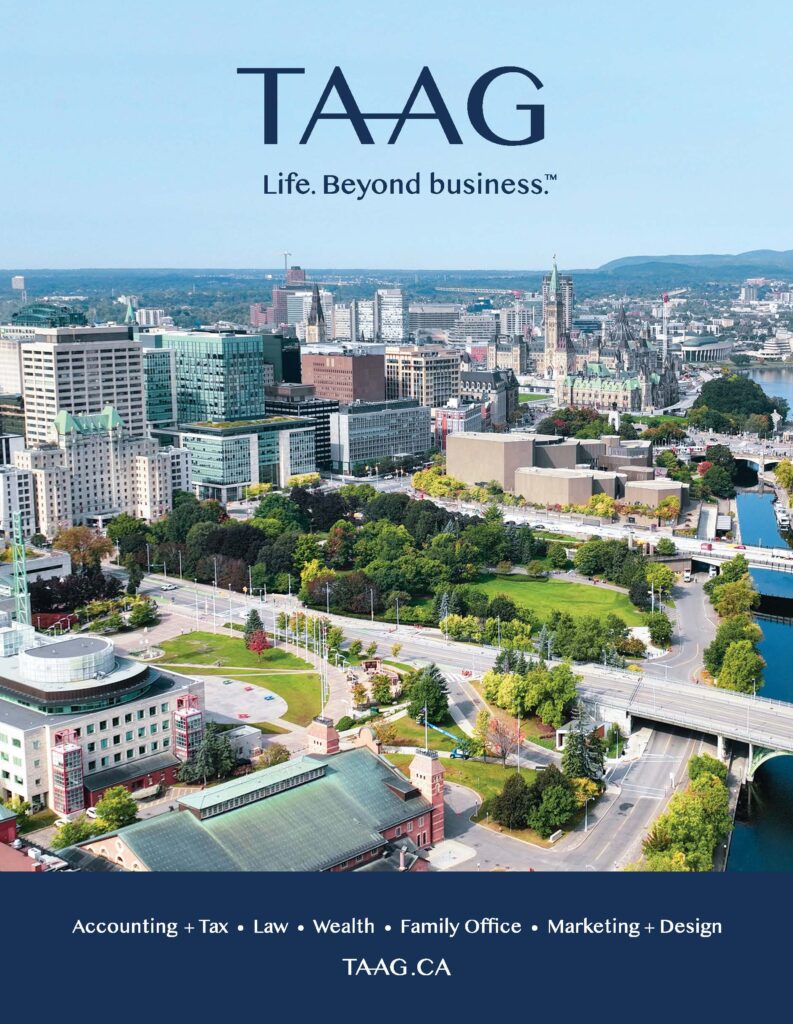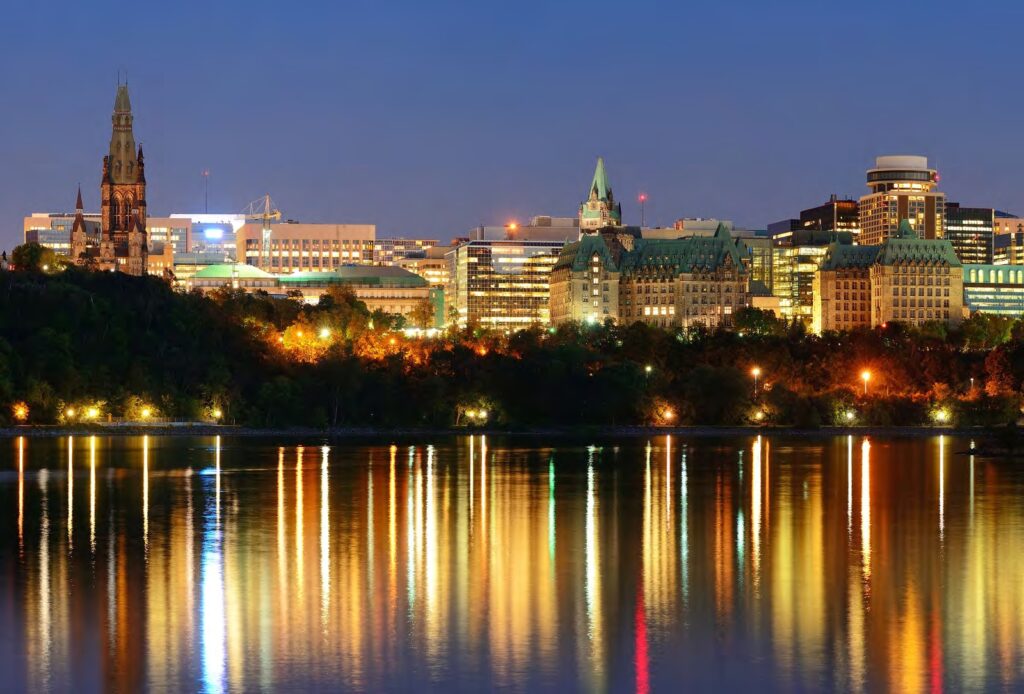The Making of a Music City
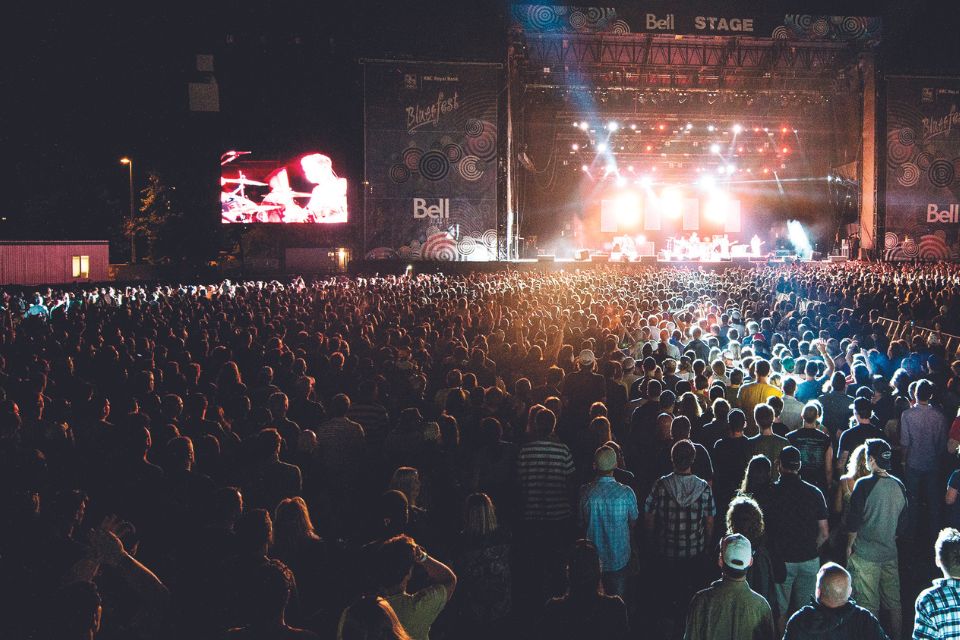
Ottawa - The Making of a Music City
Ottawa aims to be a destination for live music and local champions are working hard to make it happen.
A GREAT CITY IS BUILT OF MANY THINGS, and key among those things is the culture seen on its gallery walls and city stages.
“I don’t know how many pillars there are in a vibrant city, but I can tell you that live music, the arts, is definitely a pillar,” says Kevin Ford, the CEO of Ottawabased Calian Group, and a leader of a notable rescue of storied music venue Rainbow Bistro. “It’s such a key pillar of the vibrant city, and I want to make sure that it doesn’t get overlooked. It’s great to see the City of Ottawa live music strategy, the support, like everyone’s catching on to this. We’re just catching the wave here now and we have to sustain it.”
The push to make Ottawa a “music city” continues to gain momentum. While the city has always had its champions of live music, the current effort can be traced to 2013 and the city’s new action plan for arts, heritage and culture, which led to the creation of an Ottawa Music Industry Working Group.
Music industry professionals got together and decided “we need some representation at the city level, or at least a non-profit organization, to work on behalf of the music industry, to start implementing music city strategies,” says Melanie Brulée, director of the Ottawa Music Industry Coalition (with the suitably stage-worthy acronym OMIC). OMIC emerged in 2016 and continues today as part of “a group of partners working towards a common goal.”
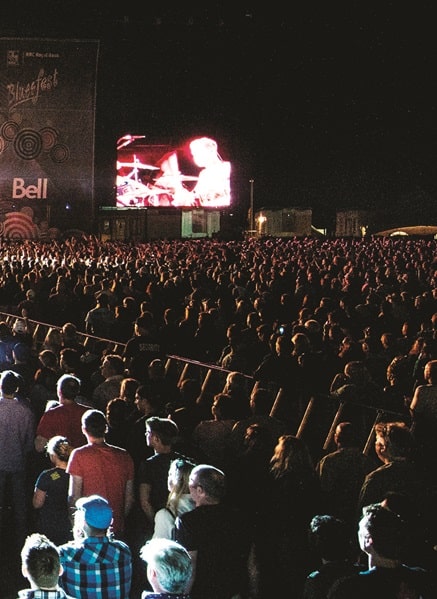
The city’s first official music strategy was released in 2018. Later came complementary initiatives such as the Capital Music Awards, and OMIC’s City Sounds Live concert series in conjunction with various BIAs. In 2022, the coalition secured a “groundbreaking” annual sponsorship with Kinaxis.
That same year, now-mayor Mayor Sutcliffe’s election campaign included a vow to make Ottawa “a music city.”
“To build a world-class city, we… need to build a city that excites people and offers diverse cultural experiences. Making Ottawa a music city is one way we can achieve that vision,” Sutcliffe vowed.
This campaign pledge came not long after Ford and other Ottawa business leaders labelled themselves the “Rainbow Bistro Business Amplifiers” and raised $50,000 to save the ByWard Market music venue, which had announced that it would close in a few days.
“I think what the owners just needed to know [was] that somebody cared about the Rainbow, and somebody cared about it being a vibrant community music venue,” says Ford, who’s an avid guitar player and recently played for a charity event held at the Rainbow. (Ford’s son, Cody Lee Ford, is a professional guitar player in the Swedish rock band Soen, which is currently touring North America and Europe.)
Ford speaks passionately about the importance of the Rainbow and other venues as foundational to Ottawa musicians, such as Junowinners Talk, Angelique Francis, and many others.
What is a ”Music City”?
“It’s a destination where people know they can access high quality musical entertainment, where there’s an ecosystem being built to help sustain and attract and retain that talent, whether it’s on stage or behind the scenes.”
“It is live music, it is recorded music, it is exporting music, it is importing music. It’s the live music venues, it’s the small festivals, it’s the music on the street, it’s Bluesfest. [It’s people] going out to a ton of shows per year, and buying merch. It takes the merch suppliers, it takes the vinyl pressing plants…the photographers and videographers and the makeup artists and the producers and engineers.”
“It’s really a matter of helping organize and amplify what’s happening… to help build up that ecosystem so we get more labels and ticketing companies and managers and booking agents and publicists coming to start their businesses or expand their businesses in Ottawa to feed that ecosystem. We’re pushing more music education, and not just guitar lessons for kids, but also music industry education, so we’re building another generation.”
– Melanie Brulée, Director of Ottawa Music Industry
Coaltion (OMIC)
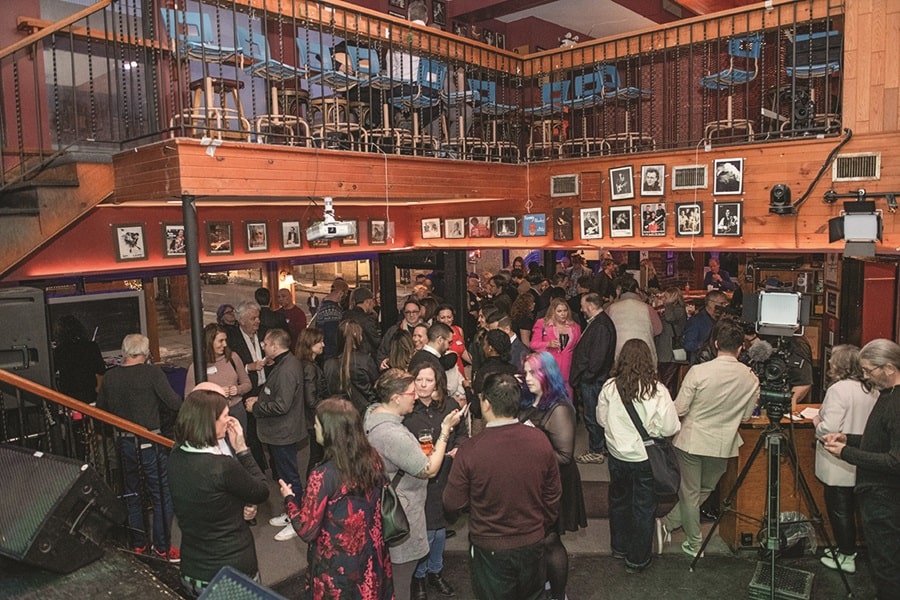
Attendees at The Next Stage event, hosted at the Rainbow Bistro
“As corporations, as business owners and employers in the city, we have a responsibility as community leaders,” Ford says. “Imagine if you don’t have those institutions where we can grow our local artists, where we can actually go out and enjoy live music as a city, and for our staff and all the people that we employ.”
The critical role that music and other arts and culture must play in Ottawa’s growth—and especially the revitalization of post-COVID downtown core—is documented fact.
“Many plans point to the importance of arts and culture and entertainment to the future of Ottawa,” says Erin Benjamin, a former touring musician and now president and CEO of the Ottawa-based Canadian Live Music Association.
“There are studies around how access to arts and culture are more likely to make you a good neighbour, civic minded, more likely to vote, more likely to pick up your neighbour’s garbage can, you know what I mean? More likely to be a better human being? We have that evidence in spades.”
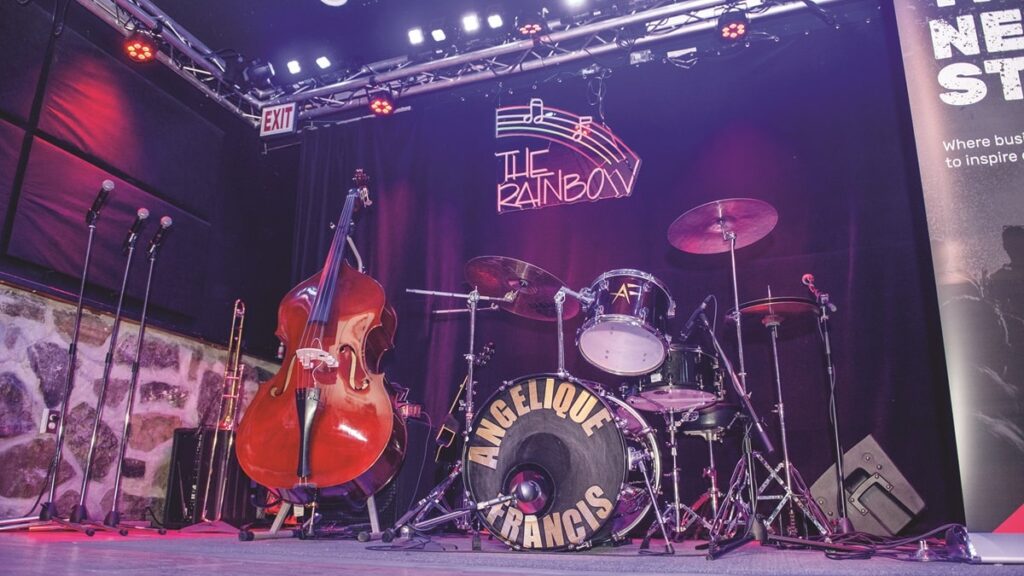
On stage at the Rainbow Room
As a former musician, when I see businesses and others supporting live music/arts and culture, I immediately recognize someone who understands that we are all connected, and we are stronger and more viable together, someone who knows that for our community to truly thrive and meet its potential—economically, culturally and socially—we need everyone to contribute,” says Benjamin, who recently held a networking event with the Ottawa Board of Trade and business leaders interested in supporting live music. “True city building engages, values and integrates artists’ voices. Liveable cities recognize, acknowledge and respond to unique opportunities and challenges artists have, in order to ensure they can contribute meaningfully to place.”
The concept of “place” is key, says Mary Rowe, president and CEO of the Canadian Urban Institute.
“There are lots of businesses that totally understand the role of culture and art and celebration and expression as being part of the vibrancy of urban life. If you’re engaged in place-based business, if you’re actually attached to people that come into your premises, if you’re in the retail sector, for instance, you understand the role of culture and entertainment and different kinds of things, because it’s what brings people together. It’s what generates the kind of opportunity to actually have wealth created, because people are coming together.”
Rowe, who recently participated in the Ottawa Board of Trade’s City Building Summit, can be more blunt.
“A city without art is not an interesting city,” she says. “In fact, it’s probably a dead city that’s not going to survive. If you put a lot of people together—in general, it’s commercial activity that attracts people to a city—then there will be art, because you can’t really bring people together and not see art manifest.”
Ottawa has an enviable collection of federally funded visual art institutions, such as the National Gallery and the museums of history, war, science and nature. The Ottawa Art Gallery, in its glitzy, functional and relatively new space, is also a jewel in the city’s arts crown. Giving a concerted push to musical arts expands the municipality’s cultural attractiveness.
More and more Ontario cities are recognizing and acting upon this musical impetus, Brulée says, including Toronto, Hamilton, Mississauga, Kitchener-Waterloo, Kingston, London and Northern Ontario. Ottawa has an advantage with OMIC structured as an independent non-profit that can accept funding from the city and other levels of government and from private and corporate sponsors, and thereby grow beyond any city dictate. The growing sponsorship from Kinaxis, the Ottawa-based supply chain management company, is a strong example of OMIC working with a corporate partner. All such support helps the coalition grow programs such as seed grant funding for music video productions, stage crew mentorships and concerts in conjunction with BIAs and other initiatives.
Other builders of a music city are plentiful, from the bigger festivals such as Bluesfest, Jazzfest and Music and Beyond, to smaller players such as Cranium and Debaser.
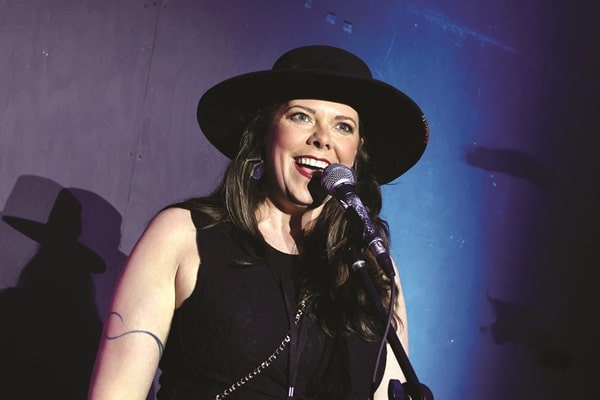
Melanie Brulée, Director of the Ottawa Music Industry Coaltion (OMIC)
“There are a lot of knowledge workers here in high stress jobs, that want to have a way to enjoy themselves at night. There’s a need, and there’s a lot of talent in Ottawa already, so we want to make sure they’re staying in Ottawa, that they have a reason to stay,” says Brulée, who spent 15 years as a recording and touring musician before she stepped in to lead OMIC two years ago.
“We’re building on audience development where residents and workers can be proud of the city they live in and feel like they have camaraderie and almost an ownership of the talent in the city, because then you’re an ambassador for your own town.”
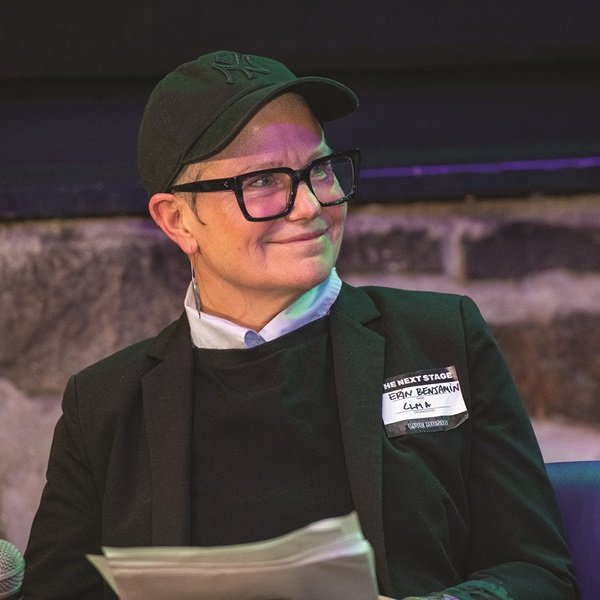
Erin Benjamin, President and CEO of the Canadian Live Music Association
There’ll be more changes in coming months, including the City of Ottawa’s new “nightlife commissioner” position to work with the industry and develop more evening entertainment, and potentially a choice new performance venue built by the National Capital Commission in the former Chapters space at the corner of Sussex and Rideau.
“This is an inflection point for Ottawa and it’s a moment of great opportunity,” Rowe says. “With people comes economic opportunity and culture and art has to be woven into that, and you already have great assets to build on. You’re in an enviable position, and I’m looking forward to what’s next.”
Brulée concludes, “At the end of the day, we’re just needing to rebrand the city, and there’s a ton of people doing that work right now. If it wasn’t for all of them, we wouldn’t be on a path to being amazing city.”
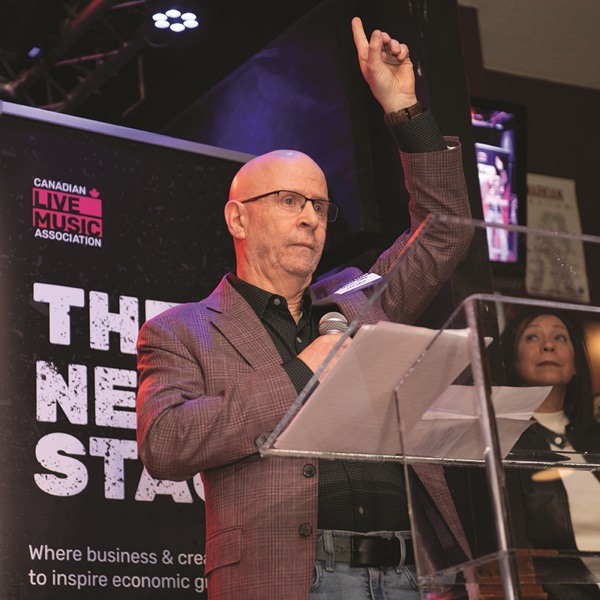
Kevin Ford, CEO Calian Group




